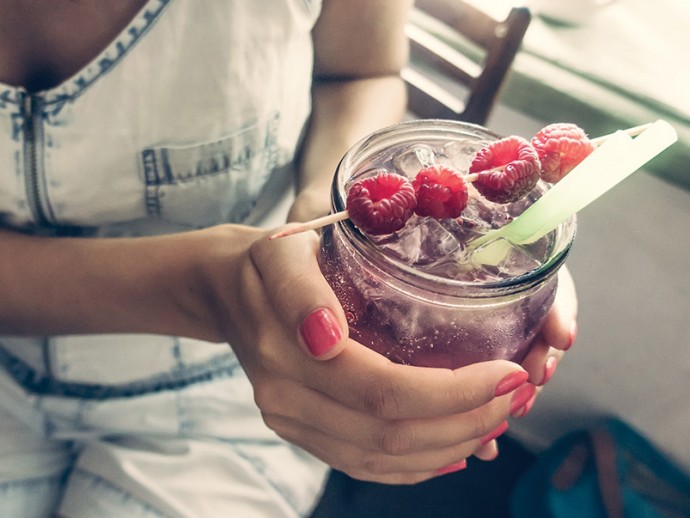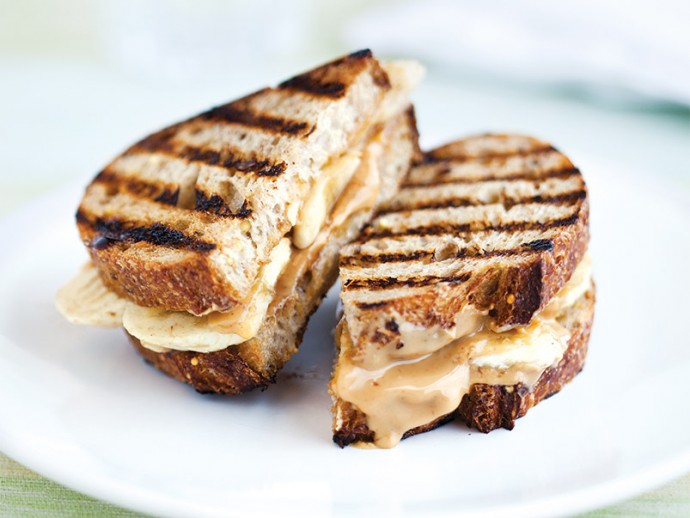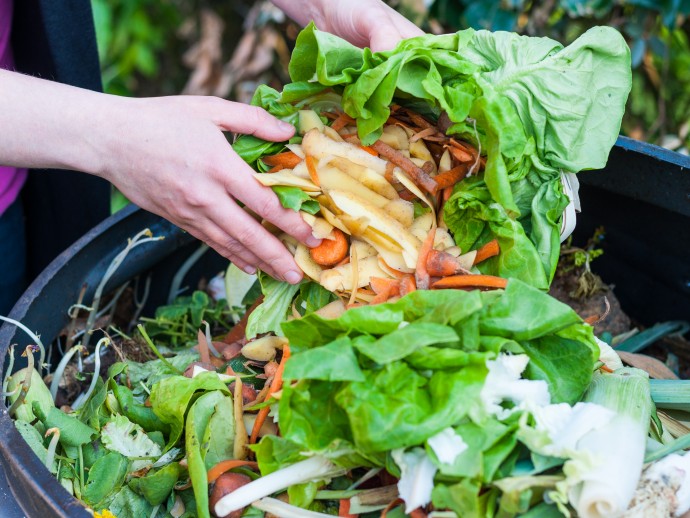
Springtime and diet clean-ups go hand-in-hand, and cutting back or eliminating sugar is the perfect place to start. Try this quick trick: dilute sweet drinks with plain or carbonated water. Gradually increase the water content until you can eliminate the sweetened drink completely.
Read on for more stats and strategies to help you say so long, sweetie.
Skip the spoonful of sugar
Recently, high worldwide rates of obesity, diabetes and poor dental health prompted the World Health Organization (WHO) to propose that each person consume no more than 12 tsp (60 g) of sugar per day. Reducing sugar consumption to 6 tsp (30 g) would have an even more substantial impact on health, according to the WHO.
Sugar-sweetened beverages account for 13 percent of our daily sugar intake, weighing in at 5 tsp (26 g) of sugar in a 10 oz (222 mL) can. The high fructose corn syrup used to sweeten many soft drinks has links to metabolic syndrome, fatty liver disease and diabetes.
Alternative drinks
Swap sweet drinks for these tasty thirst quenchers:
- Infuse plain water with fruit (berries, pomegranates, pears); herbs (mint, lemon balm, cilantro); spices (ginger, cinnamon, cardamom); or vegetables (cucumber, celery, fennel).
- Try tea on ice, choosing naturally sweet flavors like rosehip, hibiscus or licorice.
Choose whole fruits
For a sweet treat, increase your consumption of whole fruits, particularly blueberries, grapes and apples. They’ve been significantly associated with a lower risk of type 2 diabetes. Fruit juice, however, is associated with a higher risk.
Sweet substitutes?
Aspartame, sucralose and other calorie-free artificial sweeteners have been marketed as ideal alternatives to sugar. Recent studies tell a different tale, associating weight gain and glucose intolerance with artificial sweetener use. Sugar alcohols like sorbitol and mannitol are slightly healthier, but can cause digestive upset when used in large quantities (more than 10 g a day).
Tip: Read nutrition labels carefully: 4 g sugar equals 1 tsp sugar.
Healthier sweeteners
The glycemic index (GI) of a food ranks its ability to raise blood glucose. High GI (70 or higher) foods, especially sugar, are rapidly metabolized, spiking blood sugar levels. Low GI foods (55 or lower) cause a more gradual rise, if any. Low GI diets can improve blood glucose control in diabetics and support weight loss, while high GI diets increase the risk of heart disease and some types of cancer.
- Stevia is far sweeter than sugar yet has a glycemic index of 0. Try this powdered alternative in beverages, but expect a slight aftertaste.
- Bake with bananas, applesauce or fresh fruit purees. Replace 1 cup (250 mL) sugar with 1/2 to 1 cup (125 to 250 mL) fruit puree. If using fresh fruit, reduce other wet ingredients by 1/4 cup (60 mL). To learn how to make a quick apricot puree, check out the Cinnamony Apple Bread Pudding in “Kid-Friendly Breakfasts” in this issue of alive@work.
- Maple syrup and honey have a moderate glycemic index but are still up to 85 percent sugar. Use sparingly in beverages and baking.
- Agave syrup has a low glycemic index and is made from the Mexican aguamiel plant. Use in moderation due to its caloric and fructose content.






